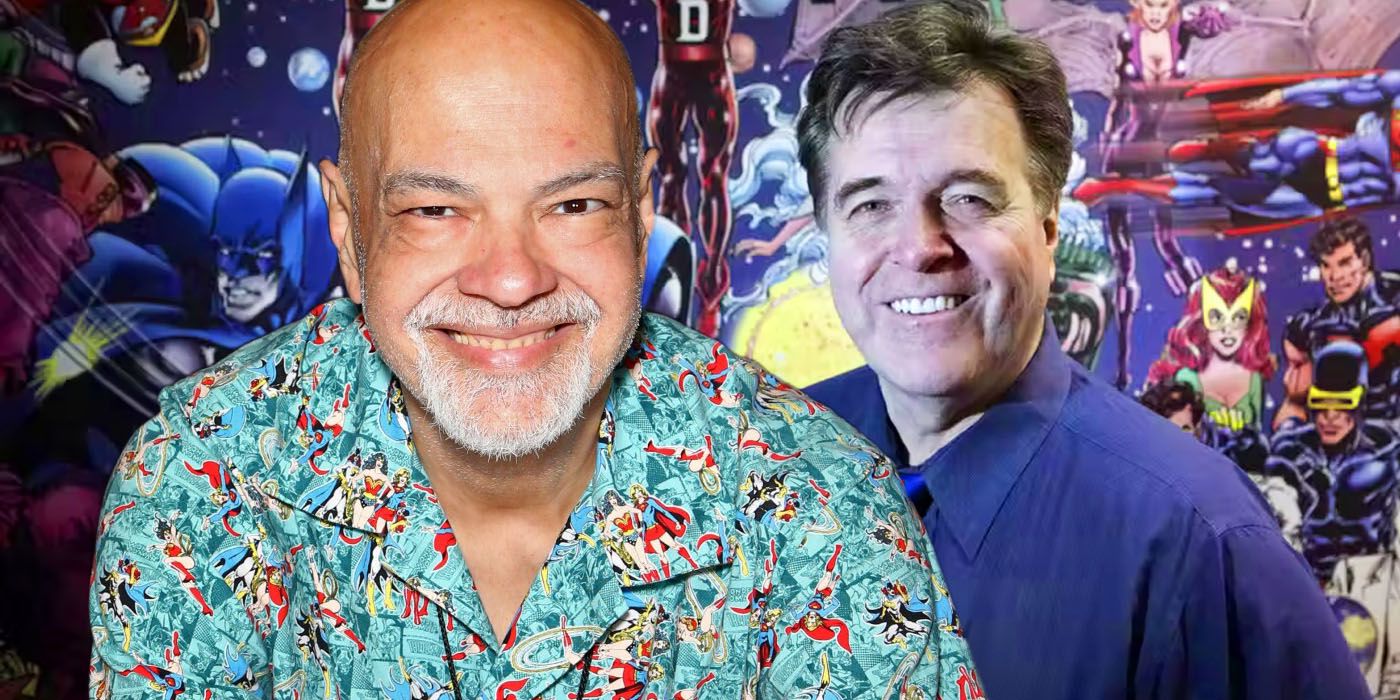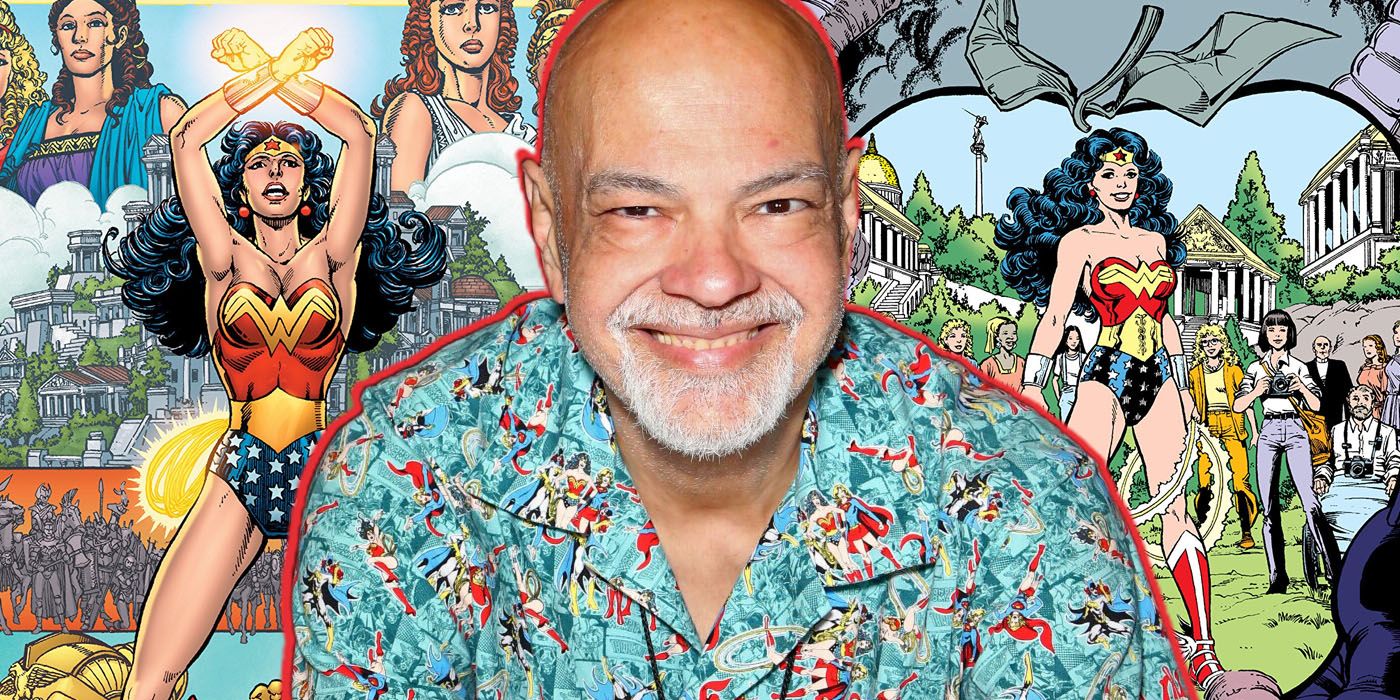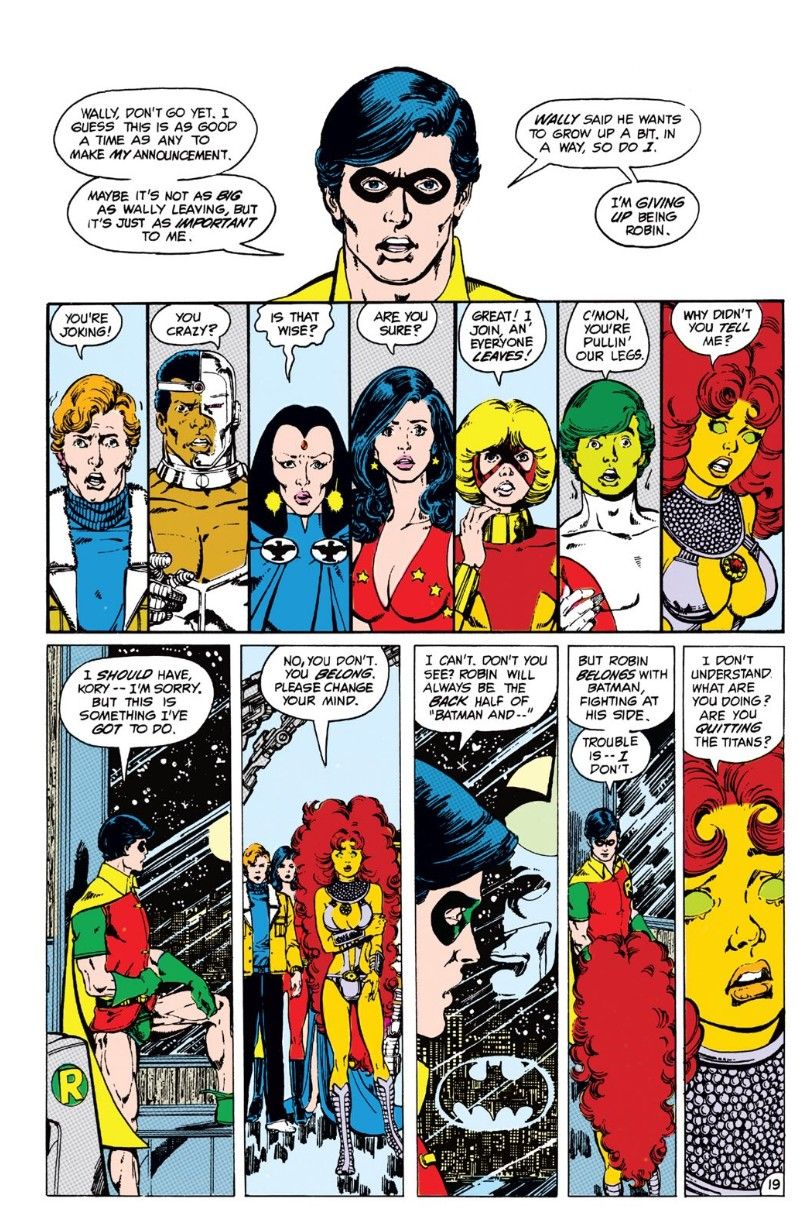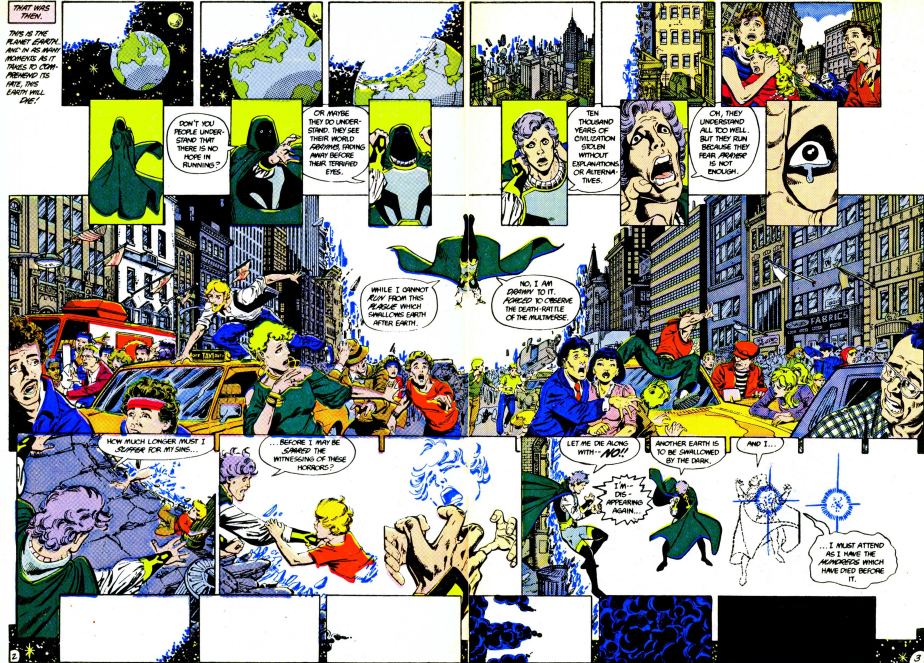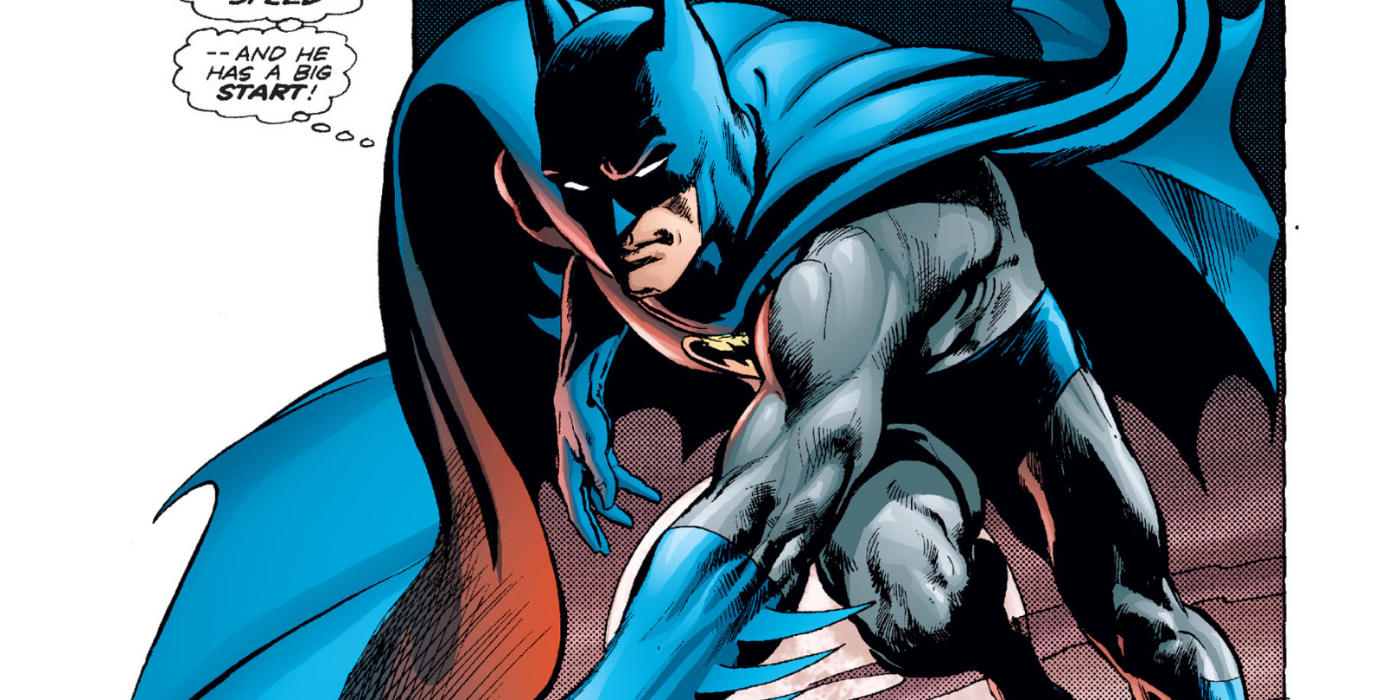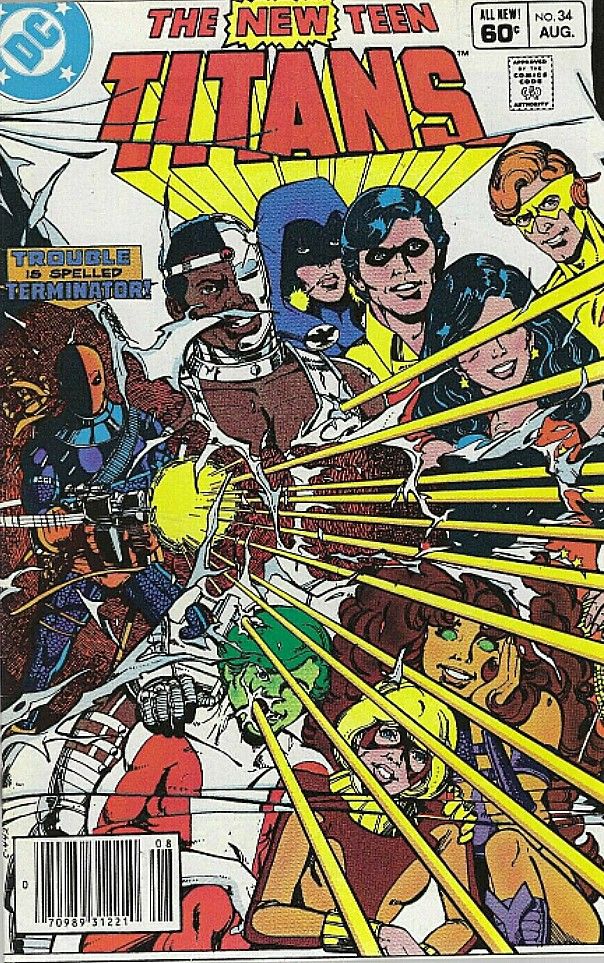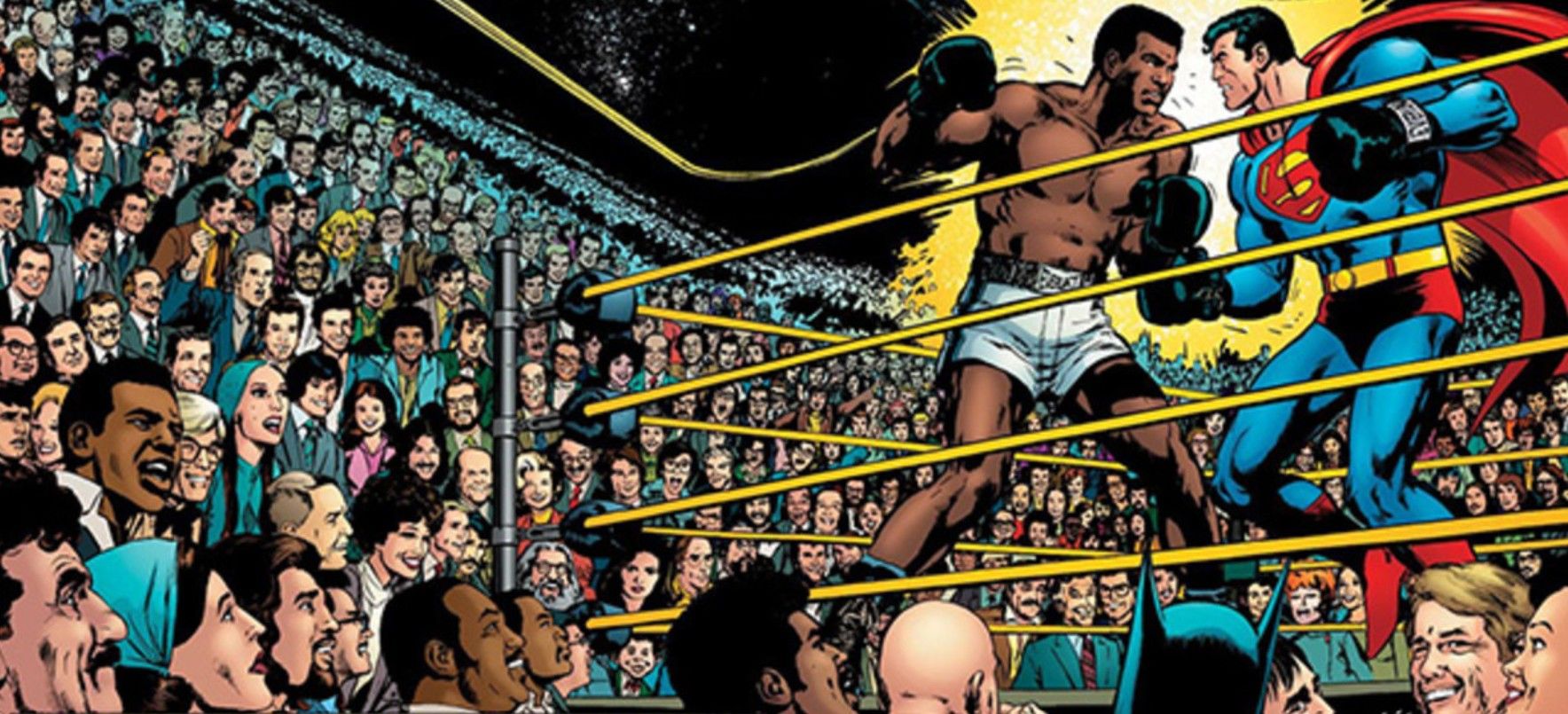The artists of DC Comics have a solid platform to stand on thanks to the prodigious work of Georges Perez and neal adamsTheir fiery work ethic continues to inspire subsequent creators, and the two have left indelible impressions on creators and readers alike. The “home” style they created has benefited generations of artists who have followed, as has their subtle dance between bubbles and sequences of picture panels.
Perez and Adams have been prolific creators for decades, making major contributions to DC’s most popular franchises. Perez has mastered the art of creating full-page compositions worthy of Eisner, paying extraordinary attention to detail. Neil Adams has influenced generations of artists, rendering human anatomy with unparalleled realism.
The sheer volume of artwork done by George Perez (drawing almost every DC superhero) contributed to its success. Two landmark series and a legendary DC character stand out as Perez’s most influential contributions. In the 80s, Perez collaborated with Marv Wolfman on New Teen Titans (1980) before moving on to premiere the classic Crisis on Infinite Earths (1985). After CrisisPerez revived Wonder Woman, turning her into a dynamic character with a more quirky and cohesive backstory.
Sometimes called the “master of the big moment in comics,” two of Perez’s works show his skill at creating gripping emotional issues and ornate endpapers. A decisive moment in New Teen Titans portrays Dick Grayson giving up the role of Robin the Boy Wonder. Perez delivers the moment with an image of a mature Robin posed on seven panels, each depicting the other Teen Titans and their respective reactions. Perez wraps five more panels below to encapsulate the emotional moment of Robin leaving Batman’s side and shadow.
Perez’s masterful work on Crisis on Infinite Earths is the best example of his ability to deliver works of art worthy of an epic moment. Crisis is a saga in which parallel universes are dying and body counts are abysmal as antimatter swallows legions of superheroes. Perez’s cover for the series depicts over a dozen superheroes and a train of Earths in a splitting multiverse. A fine example of his multi-panel art style is found at the start of the story when citizens run through the streets as their city dissolves into a wall of antimatter.
Perez called his job remaking Wonder Woman a “personal triumph” and credited her “inner feminist” with calling for a makeover of the character, hoping to increase her popularity. No one wanted to work on the title according to Perez, but he valued his place in the multiverse and made it indispensable. Perez ran with his own ideas about the superhero, moving away from a character that simply mirrored Superman. He also avoided overly sexualizing her and emphasized her roots in mythology.
Neal Adams challenged artists to capture scenes teeming with detail and paid close attention to the kinetics of superheroes in action. It revitalized Batman and the Joker with its realistic portrayals, especially during high intensity battle scenes. Adams helped Dennis O’Neil leave behind the Batman that was seen in the campy 1960s show, resurrecting the more gothic Batman of the 1940s. Adams’ illustrations in Batman #251 has the maniac-like Joker who could easily slip off the page in reality.
The Joker was previously a silly prankster compared to Adams’ twisted-go-mad villain. Batman #251 is a transitional book, with more obvious night scenes and muted colors than Batman books before. Adams was adept at adding realistic characters, background, and lighting to his foreshadowing technique. Many artists previously mastered the technique, but with much more subdued detail.
Adams’ seminal work as the co-creator of villains like Man-Bat and criminal mastermind Ra’s Al Ghul changed the Batman franchise forever. Man-bat first appears in Frank Robbins Detective comics #400, a book that features Adams’ iconic close-ups and dynamic fight scenes. Although its creation strictly follows the 1954 Comic Book Code, it is nonetheless a crucial part of comic book history.
The blow-by-blow boxing match created by Adams for O’Neil’s Superman vs Muhammad Ali (1978) is one of the sharpest action in comic book history. The opening broadcast of this iconic match showcases Adams’ dedication to detail and realism. The scene depicts a summer day in downtown Metropolis with downtown details such as street vendors, billboards and local citizens standing out.
.
Both Perez and Adams created groundbreaking comic book covers. Perez’s wrap-a-round genius for Wonder Woman #10 is unparalleled. Perez showed his talent for design when he made Deathstroke look like he was blowing the cover of Wolfman’s New Teen Titans #34. He always dreamed big, never afraid of sophisticated compositions.
Adams wraparound cover for Superman vs Muhammad Ali features a stunning rendering of the crowd watching the fight. Audience faces include celebrities and comic book industry professionals, but also comic book characters like Batman and Lex Luthor. Adams even included himself among the spectators.
Adams, of course, created many superlatives Batman covers too, with many of O’Neil’s best collections Batman: Tales of the Demon. Adams captures the humanity of Batman on these covers and injects dark realism into Ra’s Al Ghul and other members of Batman’s Rogues’ Gallery. Adams’ art inspired other creators to move away from drawing cartoonish characters in campy settings to depicting tougher characters in more realistic worlds.
Today, artists model their work after Perez’s ornate full-page compositions, filled with figures and background details. Perez’s presence as a visionary artist and his integral contributions to cutting-edge storytelling set a precedent for the role of the comic book artist. Adams’ work was equally groundbreaking. Much of his art is delivered as a deftly crafted cinematic storyboard that comic book creators emulate in the current era of comic book-to-film adaptations.

